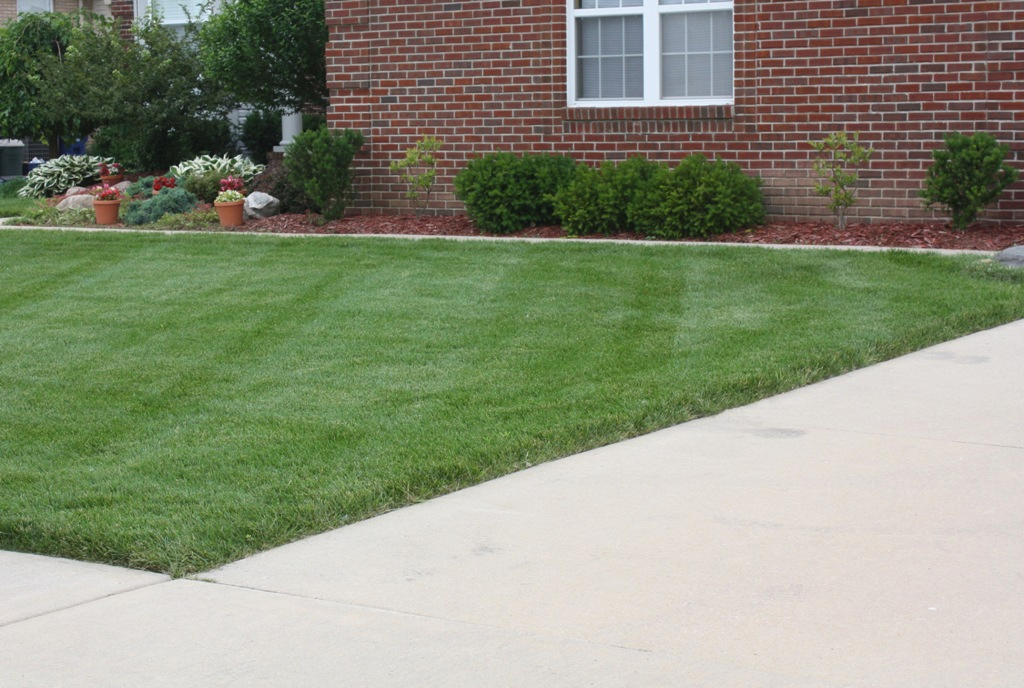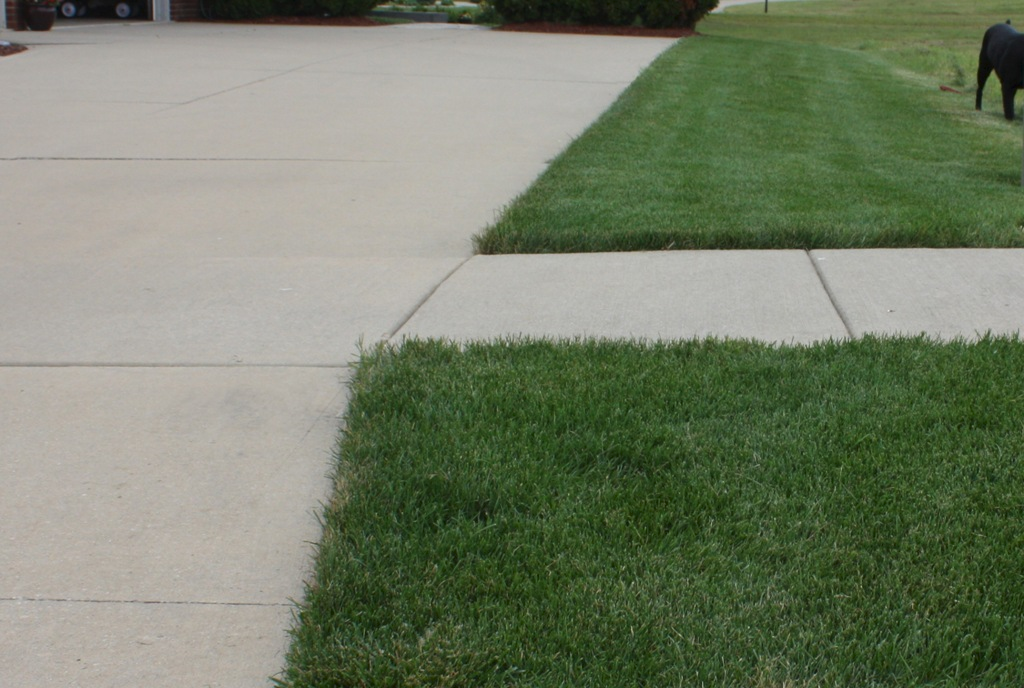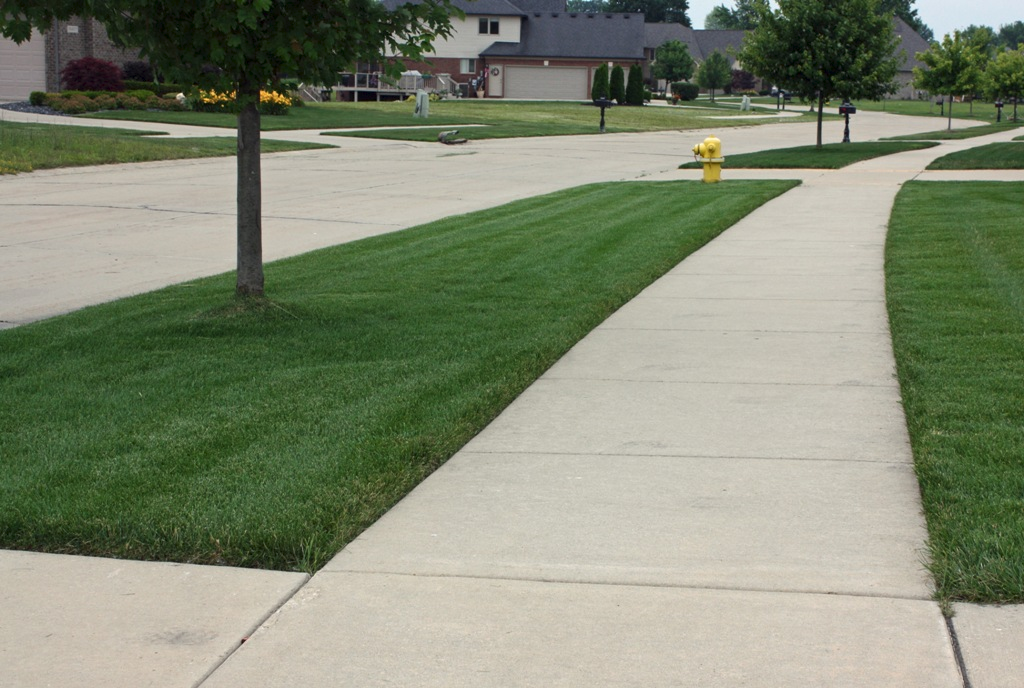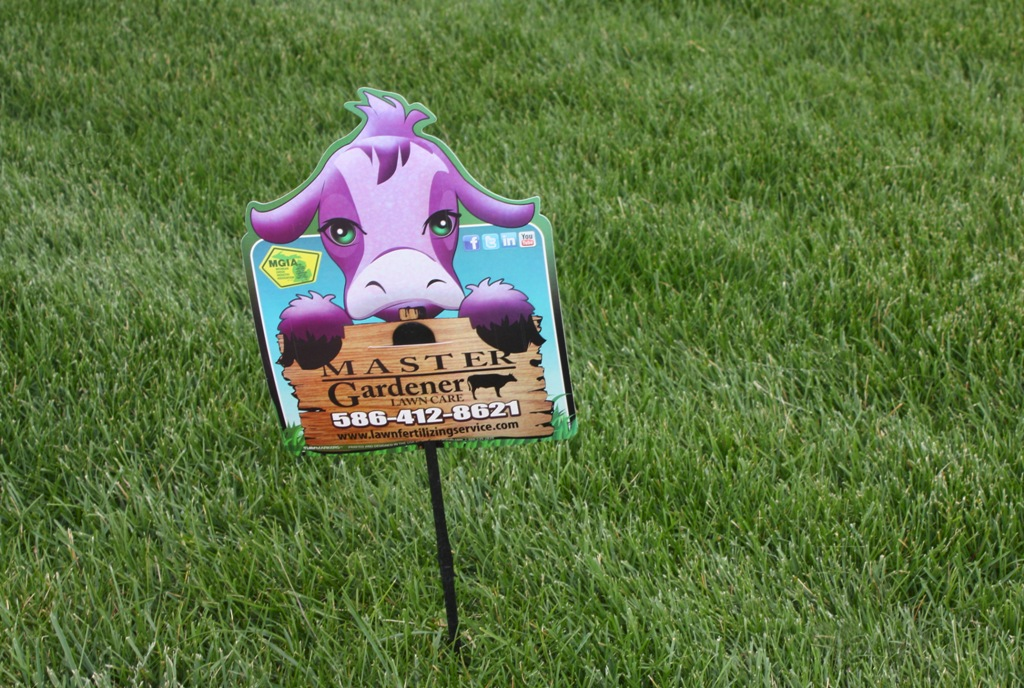Welcome to Master Gardener Award-Winning Lawn Fertilizing Service operating in Macomb County, Michigan
This is a great video on core aerating from our friends at Spring Green Lawn Care! Master Gardener Lawn Care in Macomb County, Michigan highly recommend core aeration as part of creating the healthiest and greenest lawn in your neighborhood.
From the video:
“My name is Harold Digger from Spring Green Lawn Care. I ‘m here today to talk to you about a process called core aerating. Now the key to a great lawn is a great root system. But in order to get that great root system some times you have to battle a couple of things. One thing is compacted clay soil found in most home lawns. The other thing is the built up of a thing called thatch. Thatch is an inter mingling layer of roots, ryzones, grass blades leaves and so forth that build up over the years above the surface. Now this thatch can really effect the growth of a lawn. It acts like a sponge and absorbs a lot of the water and nutrients that you apply to your lawn. If you put a sponge on a side walk on a hot day you know what is going to happen. It is going to dry out. So what we want to do is try to eliminate that thatch in a way that is going to help the lawn. Now the process I described is called core aeration.”
“Let’s take a look at the process as it is being done by our friend Brian. As we can see Brian is going across the lawn with a machine called a core aerator. Taking out plugs of soil and thatch and leaving remaining back on the ground. Now what this does is open up the lawn. Now you’re going to get more air, water and nutrients to penetrate into that soil surface and therefore you’re going to get a better root system. Now the plugs are left on top of the lawn because it is the micro organisms in the soil that help to break down that thatch layer and make the lawn look a lot better in the long run. It is a bit of a process but the lawn will improve as you core aerate it.”
“Now let’s talk a little bit about this machine called a core aerator. As you can see these are the tins that will be going across the lawn. These will penetrate into the soil and take out plugs of soil and thatch and leaves them back on top of the ground. This will open up the lawn, allowing for more air, water and nutrients to penetrate into that soil surface. Then there is a place for the roots to grow. If you come back out there in about two weeks and look at some of those holes you will actually see little roots growing down into that hole that core aeration made. It is a really neat process because it real helps the law improve and as I mentioned before the micro organisms are what’s going to break down that thatch layer here.”
“Now what’s the best time of year to aerate? It all depends on where you are in the country. In the upper northern turfgrass area and the Midwest you can do it in the spring or in the fall. When we get further south in the transition zone it’s more of a fall only time of the year or if we get to the south actually you want to do your aeration in early summer. That’s where your roots of your grass are growing its best in early summer. So, it all depends on where you are throughout the country.”
“After you finish aeration it’s also a real good time to do one other process and that process would be to over seed. So now you have some place for that seed to go to germinate. A lot of it will actually fall into those holes and as it receives water or rain it will start to germinate within those holes. Most of the seeding is done in the fall in the northern and transition areas. In some of the northern areas you can occasionally do seeding in the spring and shady lawns. But in most parts we want to do most of our seeding in the fall. Those of you with southern turfgrass you don’t want to do a lot of seeding, your grasses grow so aggressively that they’ll fill in bare areas on its own. Seeding is not as important you folk down in the south with your bermuda and centipede grass.”
“But overall one of the best process you can do to your lawn is to core aerate it. Its one reason why golf course do it once a year. So follow what they do and core aerate your lawn at least once a year. Thank you.”
Bookmarks
Lawn Care Tips
-
Under the Snow 2014 – Part 1
Lawn Care, Lawn Fertilizing Service, Turf Tip When the Michigan snow melts in the next few weeks...













